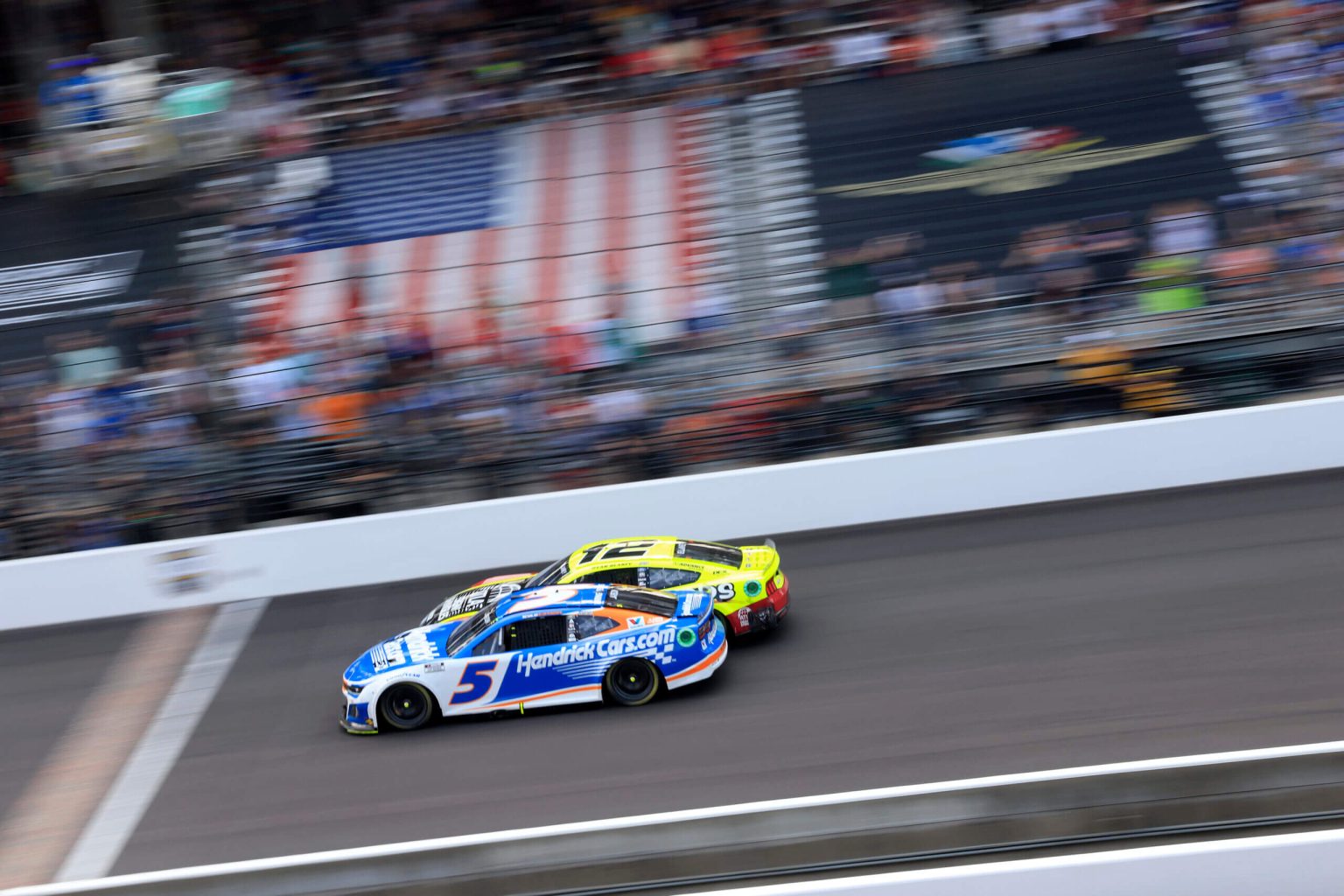The Brickyard 400, a NASCAR crown-jewel race held at the Indianapolis Motor Speedway, left defending Cup Series champion Ryan Blaney frustrated after a series of unfortunate events saw him finish third. Blaney’s frustration began when a collision between Kyle Busch and Denny Hamlin put many drivers close to their fuel mileage limit. Brad Keselowski, who was in the lead, ran out of fuel just as the race was about to resume and was forced into the pits, putting Blaney in the lead.
However, Blaney’s leading position was compromised by the fact that he was in the less favourable outside lane, and NASCAR rules prohibit drivers from changing their lane selection. This gave Kyle Larson, who was second and in the inside lane, a clear advantage. Blaney suggested that a rule should be considered to allow the leader to re-choose their lane in such situations, because this circumstance essentially turned him into a sitting duck with no control over the result in spite of his leading position.
Larson did indeed manage to capitalize on the situation, gaining the lead as the cars sped into Turn 1—a lead he did not give up. Larson revealed that he had specifically chosen to restart behind Keselowski, anticipating that Keselowski would run out of fuel and that he would then move up to the front. This anticipation played out exactly as Larson had hoped, and he emerged as the winner of the race.
Some of those present at the race wondered whether NASCAR should allow a re-choose in such situations. However, the answer is not simple, as such circumstances are not common enough to warrant a reevaluation of the rule. On a large 2.5-mile track like Indianapolis, allowing the field to reselect their lanes could also lead to significant delays.
Despite the controversy, Larson acknowledged that he benefited from Keselowski’s misfortune and expressed gratitude for how the strategy played out. His first victory at Indianapolis sparked a celebratory atmosphere in his team. Meanwhile, reflecting on his third-place finish, Blaney felt personally impacted by the sequence of events and expressed disappointment at the turn of events that he attributed to ‘dumb luck’.
The Brickyard 400 incident highlighted a potential flaw in NASCAR’s rulebook, where unexpected circumstances like Keselowski’s pit entrance created a ripple effect that had significant consequences for other drivers. Whether or not NASCAR would reconsider rules in light of this is unclear. However, the incident does underscore the unpredictable nature of motorsport racing and the razor-thin margins that can determine the winner.


